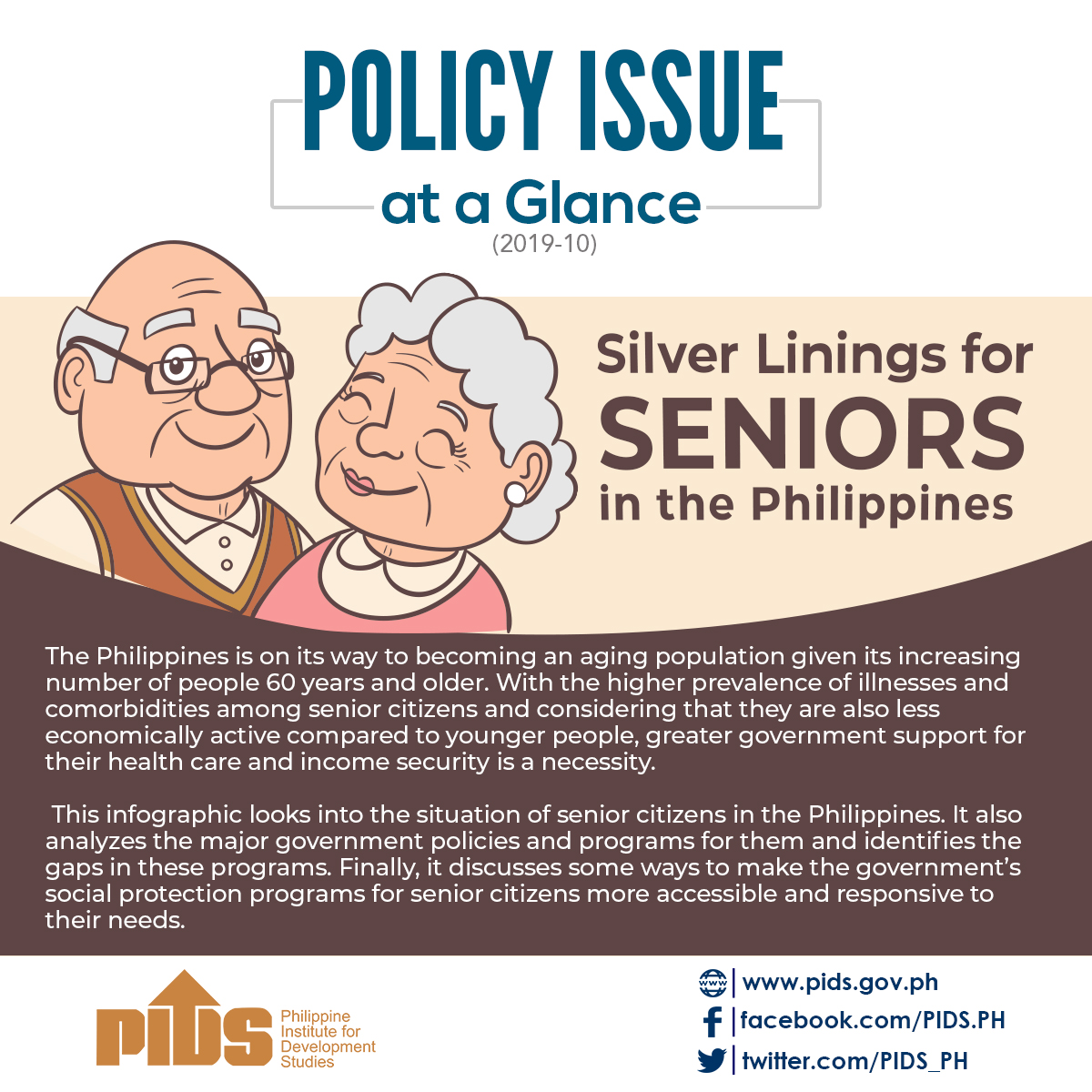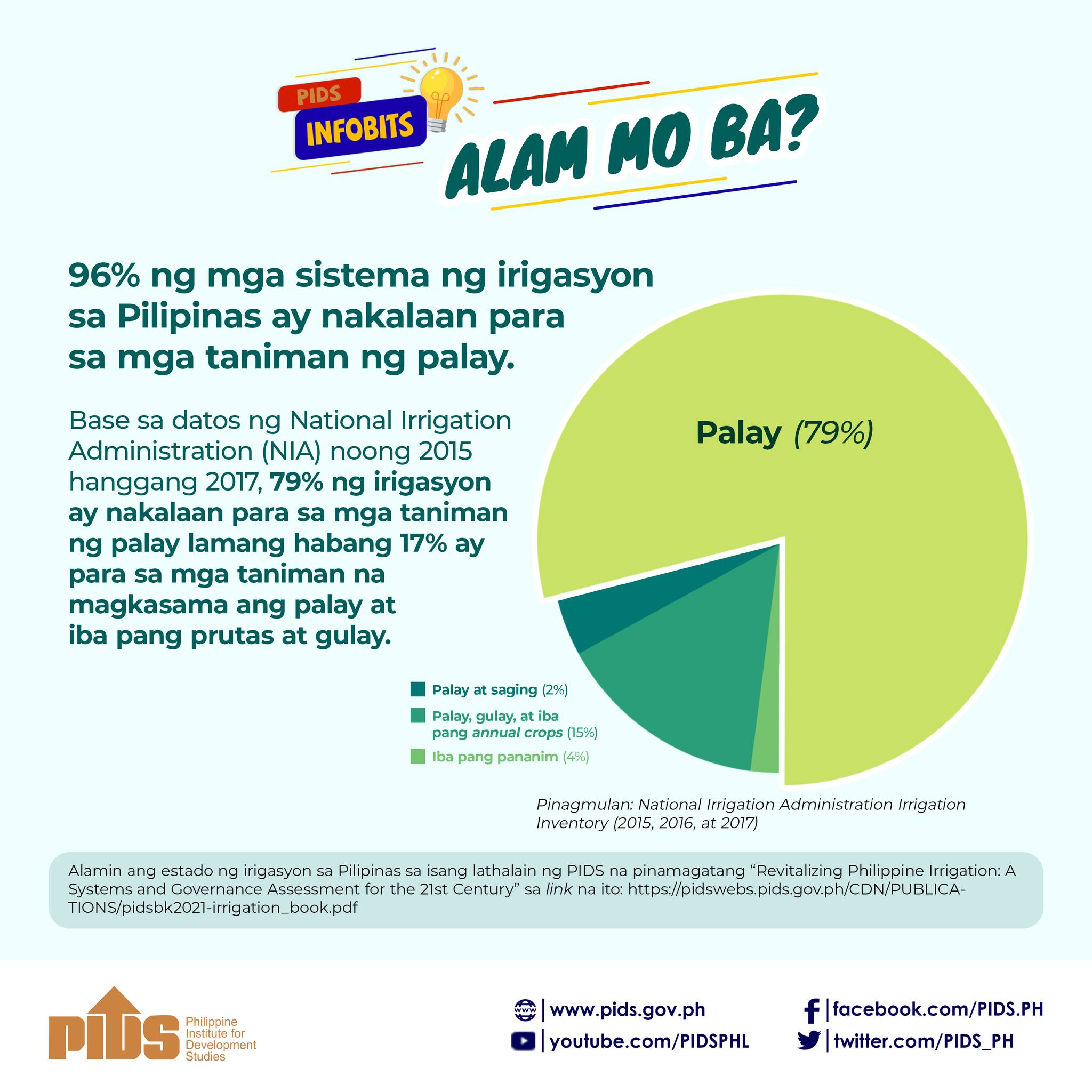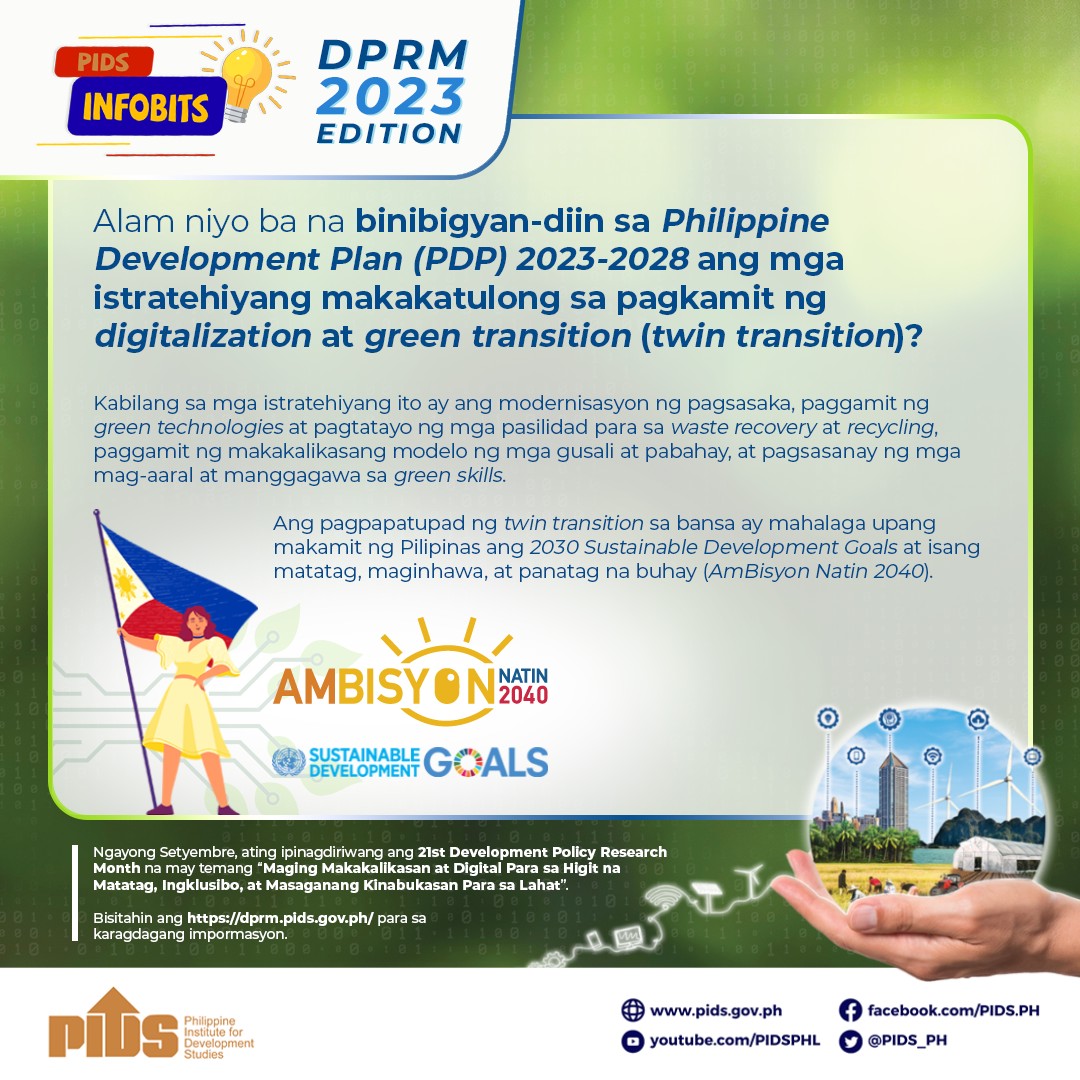MANILA, Philippines — The crafting of an integrated irrigation development plan is crucial in capitalizing the long-term benefits of the country’s irrigation system to ensure an increase in farm productivity and boost socioeconomic progress, the state-run think tank said.
In its latest book titled Revitalizing Philippine Irrigation, the Philippine Institute for Development Studies (PIDS) said an integrated irrigation development plan should include a master plan at all levels – macro, meso and micro.
This as current decision-making in the irrigation sector, which involves multiple institutions not necessarily linked to one another, is fragmented at the various phases of the irrigation development cycle.
Right now, there are three government entities concerned with irrigation governance, including the National Irrigation Administration, the Department of Agriculture-Bureau of Soils and Water Management, and local government units.
“These institutions plan and implement irrigation projects, and therefore no integrated irrigation plan is being followed. This results in double-counting of areas and even of beneficiaries. Activities are also disjointed due to many plans,” PIDS said.
The government has been accelerating the development of irrigation systems nationwide in a bid to cover some 1.3 million hectares of land that are irrigable.
Based on the Agriculture and Fisheries Modernization Act, LGUs have the mandate to manage communal irrigation systems, but this is not exactly happening.
“This is because of LGUs’ low priority for irrigation concerns, limited funds for project implementation, and lack of capacities to do planning, implementation, and monitoring and evaluation. LGUs also lack enough personnel to operate and manage irrigation systems,” PIDS said.
At the macro level, the think tank emphasized that NIA should lead the integrated and rolling irrigation development master plan.
This should then be harmonized with the river basin plans of the Department of Environment and Natural Resources at meso level and with LGU plans at the micro level.
The International Rice Research Institute (IRRI), for its part, said the Philippines has successfully engaged the farmer community, but this engagement needs to be maintained and improved to make water management sustainable.
IRRI also pushed for agricultural diversification to include other crops in the country other than rice, as it urged the government to explore policies that could improve irrigation access for sugarcane, coconut, fruits and vegetables to offer more income opportunities for small farmers.
In its latest book titled Revitalizing Philippine Irrigation, the Philippine Institute for Development Studies (PIDS) said an integrated irrigation development plan should include a master plan at all levels – macro, meso and micro.
This as current decision-making in the irrigation sector, which involves multiple institutions not necessarily linked to one another, is fragmented at the various phases of the irrigation development cycle.
Right now, there are three government entities concerned with irrigation governance, including the National Irrigation Administration, the Department of Agriculture-Bureau of Soils and Water Management, and local government units.
“These institutions plan and implement irrigation projects, and therefore no integrated irrigation plan is being followed. This results in double-counting of areas and even of beneficiaries. Activities are also disjointed due to many plans,” PIDS said.
The government has been accelerating the development of irrigation systems nationwide in a bid to cover some 1.3 million hectares of land that are irrigable.
Based on the Agriculture and Fisheries Modernization Act, LGUs have the mandate to manage communal irrigation systems, but this is not exactly happening.
“This is because of LGUs’ low priority for irrigation concerns, limited funds for project implementation, and lack of capacities to do planning, implementation, and monitoring and evaluation. LGUs also lack enough personnel to operate and manage irrigation systems,” PIDS said.
At the macro level, the think tank emphasized that NIA should lead the integrated and rolling irrigation development master plan.
This should then be harmonized with the river basin plans of the Department of Environment and Natural Resources at meso level and with LGU plans at the micro level.
The International Rice Research Institute (IRRI), for its part, said the Philippines has successfully engaged the farmer community, but this engagement needs to be maintained and improved to make water management sustainable.
IRRI also pushed for agricultural diversification to include other crops in the country other than rice, as it urged the government to explore policies that could improve irrigation access for sugarcane, coconut, fruits and vegetables to offer more income opportunities for small farmers.












